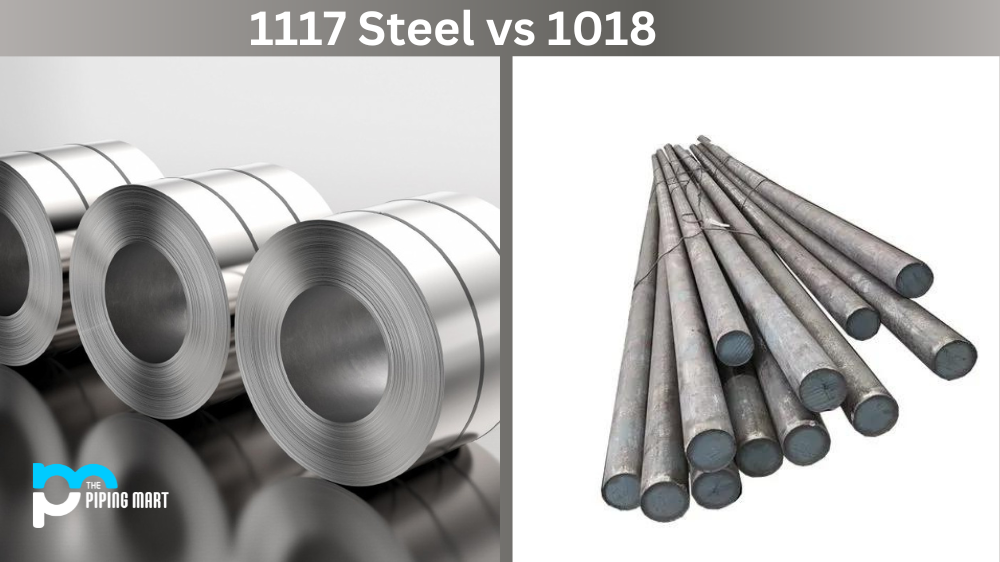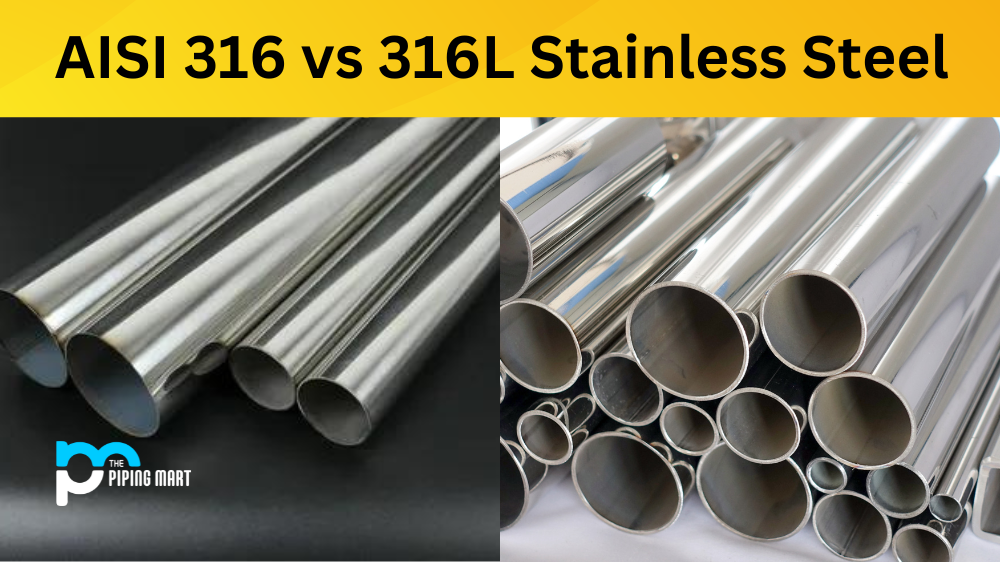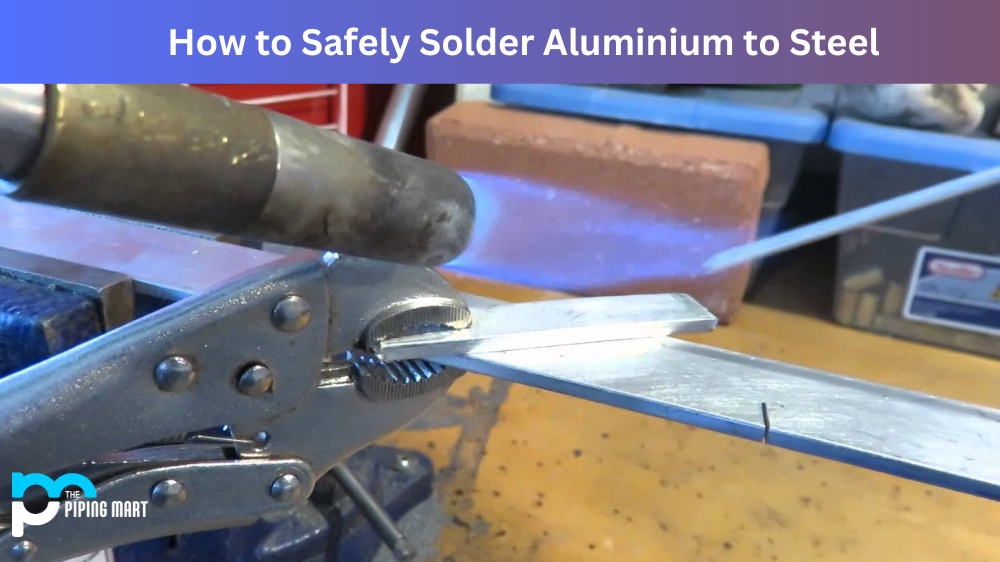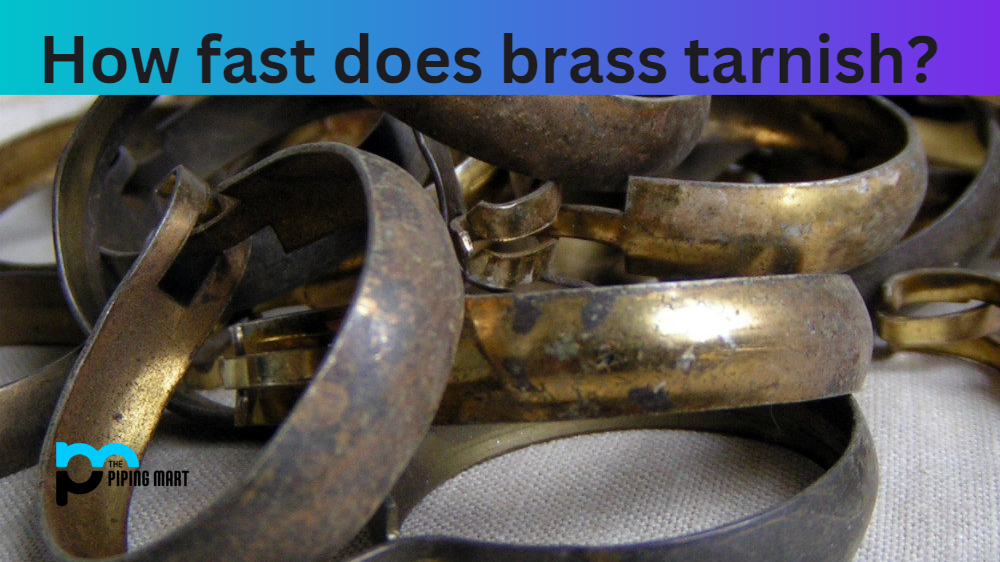Steel is widely used in various industries, including manufacturing, construction, and transportation. It comes in different types and grades, each with unique properties and characteristics. Two of the most commonly used grades of steel are 1117 and 1018. While they may look similar, they differ in various ways, affecting their applications and performance.
This blog post will discuss the critical differences between 1117 and 1018 steel, their properties, and their applications. Whether you are a welder, fabricator, or professional in the manufacturing industry, this post will help you identify which type of steel is suitable for your specific needs.
Difference Between 1117 Steel and 1018
Chemical Composition
The main difference between 1117 and 1018 steel lies in their chemical composition. 1018 steel contains higher levels of carbon and manganese, making it stronger and more durable than 1117. On the other hand, 1117 steel has higher levels of sulfur and phosphorus, making it more machinable and easier to cut.
Strength and Hardness
As mentioned earlier, 1018 steel is more robust and complex than 1117 steel, making it suitable for high-strength and durability applications. 1018 steel has a minimum yield strength of 380 MPa and a Brinell hardness of 126, while 1117 steel has a minimum yield strength of 285 MPa and a Brinell hardness of 95.
Machinability
1117 steel has a higher sulfur and phosphorus content, which makes it more machinable than 1018 steel. Cut, shaping, drilling, and machine 1117 steel is easier and quicker. On the other hand, 1018 steel is more challenging to machine due to its higher carbon and manganese content.
Applications
Due to their different properties and characteristics, 1117 and 1018 steel are suitable for other applications. 1018 Steel is commonly used to manufacture bolts, nuts, studs, and shafts, where high strength is required. 1117 Steel, conversely, is used to produce tools, bushings, and fittings, where machinability is more important than strength.
Conclusion
In conclusion, 1117 and 1018 steel differ in chemical composition, strength and hardness, machinability, and applications. Therefore, it is crucial to understand each type of steel’s properties and characteristics to determine which one suits your specific needs. Whether you are working on a project that requires high strength or machinability, knowing the difference between these two steels will help you make an informed decision and achieve the desired results.
Sakshee is a talented blogger, with a particular focus on the Business and Metal Industry. She is passionate about sharing her insights on various metal products and helping professionals to make a better decisions.




